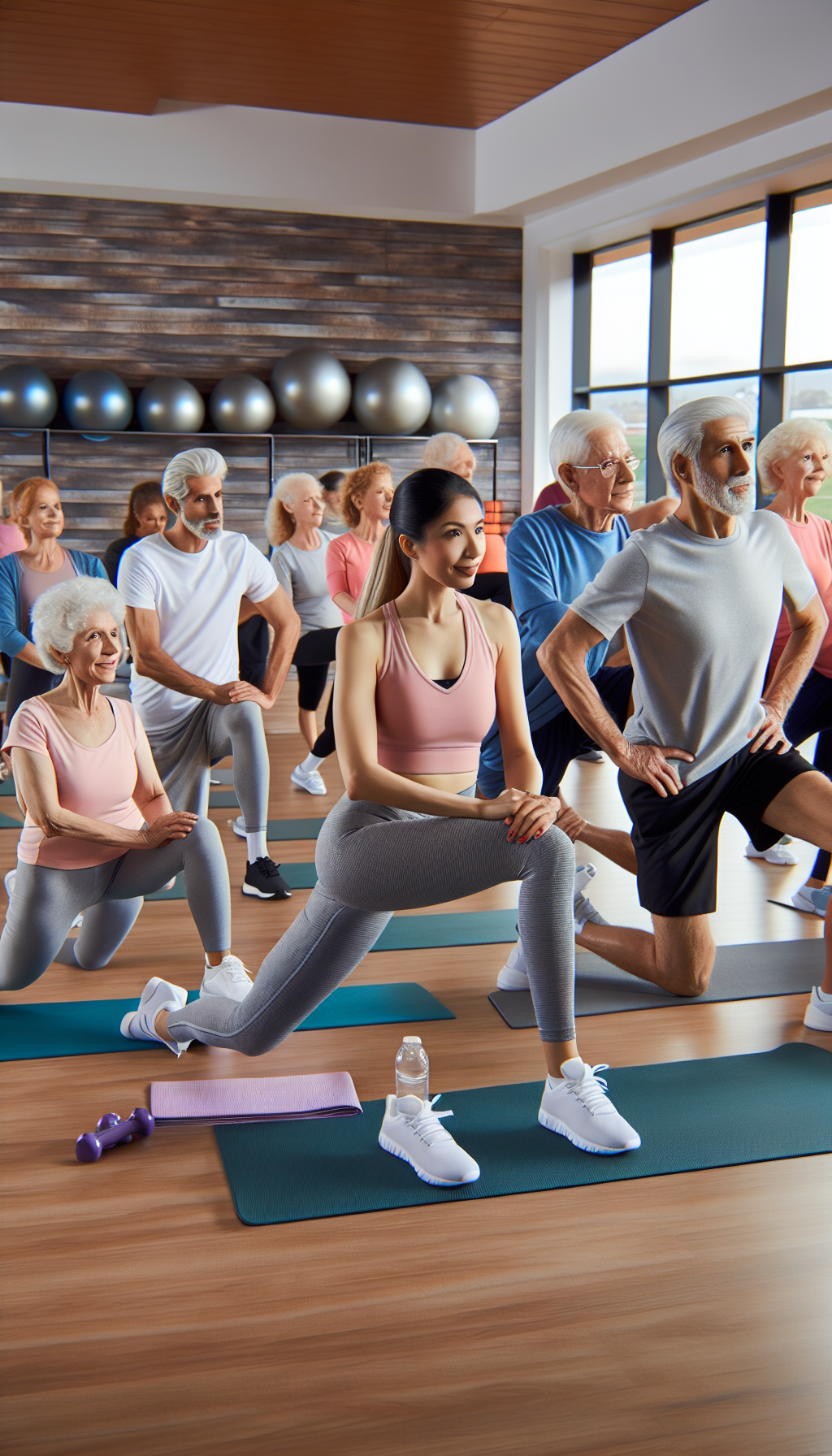Maintaining a robust fitness level is a lifelong journey. As we age, our bodies and health needs evolve, requiring tailored fitness strategies to optimize well-being at every stage. This comprehensive guide outlines fitness approaches for each decade of life, ensuring vitality from your 20s to 70s and beyond.
Fitness in Your 20s: Building a Strong Foundation
Your 20s are the optimal time to establish a solid fitness foundation. With typically higher energy levels and a faster metabolism, it’s the perfect decade to engage in a variety of physical activities and set the stage for future health.
Emphasize Strength and Cardiovascular Training
To capitalize on your body’s peak potential, focus on strength training to build muscle mass and cardiovascular exercises to enhance heart health. Regular activity can preemptively combat the onset of age-related muscle loss and heart disease.
Establish a Fitness Routine
Creating a consistent fitness routine now can influence your health for years. Whether it’s gym workouts, team sports, or outdoor activities, find what you enjoy and make it a habit.
Fitness in Your 30s: Adjusting to Changes
Entering your 30s often brings lifestyle changes that can impact your fitness routine. It’s important to adapt and find balance amidst new responsibilities.
Incorporate Flexibility and Core Work
As metabolism begins to slow, incorporating flexibility and core exercises can maintain range of motion and prevent injuries. Yoga and Pilates are excellent options for strengthening your core and improving flexibility.
High-Intensity Interval Training
To combat a slower metabolism, high-intensity interval training (HIIT) can be highly effective. HIIT sessions are short, saving time while still delivering significant metabolic and cardiovascular benefits.
Fitness in Your 40s: Focus on Maintenance and Prevention
In your 40s, maintaining muscle mass and bone density becomes crucial. Adjust your fitness regimen to focus more on maintenance and injury prevention.
Strength Training
Continue with regular strength training, which is essential for maintaining muscle strength and metabolic rate. It also contributes to bone health, helping to prevent osteoporosis.
Cardiovascular Health
Cardiovascular exercises remain important. Mix in activities like swimming or cycling, which are easier on the joints while still providing a great workout. For more on heart health, visit Cardiovascular Health.
Fitness in Your 50s: Adapt to Your Body’s Needs
During your 50s, hormonal changes can affect body composition, making it harder to keep weight off. Your fitness strategy should adapt to these changes.
Low-Impact Aerobics
Switch to low-impact aerobic activities like walking or water aerobics to protect your joints while still engaging in cardiovascular workouts.
Balance and Agility Training
Incorporate balance and agility training to reduce the risk of falls as your sense of balance might begin to decline. Exercises like tai chi can be particularly beneficial.
Fitness in Your 60s: Enhance Functional Fitness
As you reach your 60s, focus on exercises that enhance functional fitness to help with everyday activities.
Resistance Training
Continue with resistance training, but consider lighter weights and higher repetitions to maintain muscle without straining joints.
Joint Health
Focus on exercises that promote joint health and flexibility, such as stretching and low-impact yoga. Joint health is paramount, and a consistent routine can mitigate issues related to arthritis or stiffness.
Fitness in Your 70s and Beyond: Stay Active and Safe
Remaining active in your 70s and beyond is key to preserving independence and quality of life. However, safety should be your priority.
Gentle Exercise
Engage in gentle exercises like walking, swimming, or light resistance training to keep muscles active without overexertion.
Group Fitness
Participate in group fitness classes tailored to seniors. These classes offer social interaction and exercises modified for older adults. For insights on the value of community in fitness, read about Group Workouts.
Consult Health Professionals
Always consult with healthcare professionals before starting any new exercise regimen, especially to accommodate for any existing health conditions or medications.
Lifelong Fitness Tips
Regardless of your age, here are some universal tips to maintain fitness through the decades:
- Stay Hydrated: Adequate water intake is critical for overall health and helps improve exercise performance.
- Nutrition: A balanced diet supports exercise efforts and should evolve to meet changing nutritional needs over time.
- Rest and Recovery: Allow your body to rest and recover, especially after intensive workouts. Quality sleep is also a key component of fitness recovery, as detailed in the article on Sleep in Athletic Recovery.
- Regular Checkups: Regular health checkups can catch potential issues early and ensure that your fitness routine is aligned with your health status.
For additional high-quality resources on fitness strategies and aging, consider visiting these external websites:
- National Institute on Aging for resources on exercise and aging.
- American Heart Association for guidelines on cardiovascular exercise.
- Mayo Clinic for expert advice on exercise at any age.
- The American Council on Exercise for fitness tips and exercise recommendations.
In conclusion, a lifetime of fitness requires adapting to your body’s changing needs. By tailoring your fitness routine to suit each decade, you can enhance your health and vitality at any age. Remember, it’s never too late to start, and the benefits of staying active are timeless.



